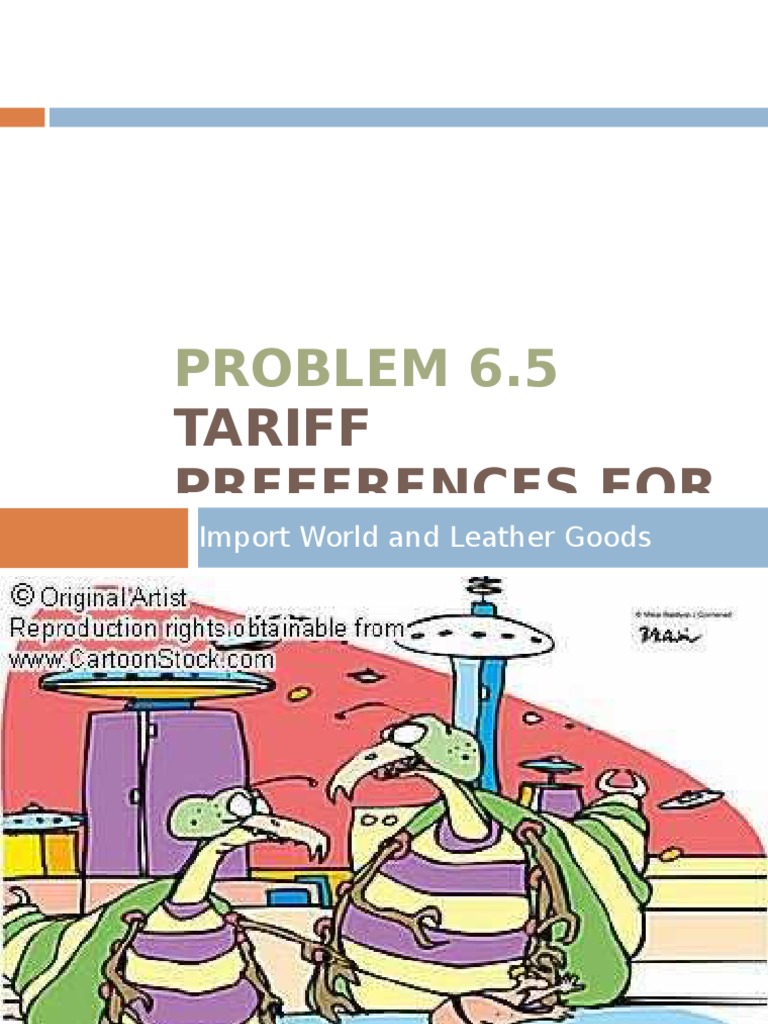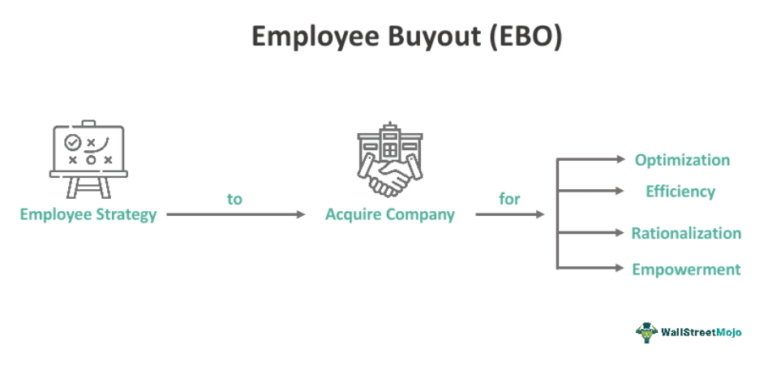
Audience
- Sentiment: Neutral
- Political Group: Democrats
- Age Group: Adult (25-54)
- Gender: Both Male and Female
Overview
- Trump’s tariff order aims to create reciprocal trade with other countries by matching tariff rates.
- The plan could lead to higher prices for imported goods, impacting consumers and businesses.
- Political reactions are mixed, with Democrats expressing concerns over the potential burden on middle-class families.
Understanding Trump’s Tariff Order: What It Means for You and the Economy
Recently, President Donald Trump made headlines with an announcement that could change the way America trades with other countries. He is set to sign a new order that would require U.S. tariffs on imports to match the tax rates that other countries impose on American goods. This idea is part of a larger strategy called “reciprocal” trade, which is all about making sure that trade practices between countries are fair and balanced. But what does this mean for you, your family, and the larger economy? In this article, we will break down these changes in simple terms.
What Are Tariffs, Anyway?
Before we dive deeper into Trump’s announcement, let’s make sure we understand what tariffs are. Think of a tariff as a tax on goods imported from other countries. For example, if a bicycle is made in China and shipped to America, a tariff can be added to the purchase price of that bicycle when it arrives at the U.S. border. This means you might end up paying more for that bike than if it were made in the U.S. The main idea behind tariffs is to encourage people to buy local products instead of importing them.
Trump’s Proposed Changes
Now, under Trump’s new order, these tariffs would match the rates other countries charge on American products. If a country imposes a 10% tax on American cars they import, then if we export cars to that country, we would also impose a 10% tariff on their cars coming into the U.S. The goal here is to create a level playing field so that American businesses are not at a disadvantage compared to foreign competitors.
Why is This Important?
This proposed change is significant because it represents a major shift from what previous administrations have done. For many years, the U.S. has had friends in many places who were encouraged to trade freely, often with low tariffs. Lower tariffs can result in cheaper products for consumers, as businesses can import goods at lower costs. However, President Trump believes that too many American jobs have been lost because of this practice. He wants to protect these jobs by making it more expensive for Americans to buy goods made elsewhere.
The Potential Costs
But there is a flip side to these new tariffs. Raising taxes on imported goods means those goods often become more expensive. So, if you wanted to buy a new iPhone or a pair of shoes from your favorite brand that is made abroad, you might find yourself paying a higher price. This can be frustrating for consumers, especially if you’re on a budget or trying to save money for something special. The increase in prices doesn’t just hit you as a consumer; it also affects businesses. Retailers might struggle to keep prices low and might even need to lay off workers to stay in business.
One thing is for sure: if tariffs go up, the cost of living might also rise, catching many families off guard. You might hear someone say, “I guess I’ll just avoid buying that new video game since it’s too expensive now.” For families on tight budgets, every dollar matters.
The Risk of Retaliation
One big concern with this new approach to tariffs is that it could lead to retaliation from other countries. If the U.S. raises tariffs on their goods, they might just do the same to American products. This back-and-forth can sometimes result in an all-out “trade war,” where countries continuously raise imposed taxes on each other’s goods. Countries like the European Union, Canada, and Mexico might respond by making American products expensive for their consumers.
Imagine for a second, a Canadian wanting to buy a popular American snack, like chips or cereal. If Canada imposes high tariffs because of U.S. decisions, that chip bag could cost way more than it did before. This could lead to fewer American products sold abroad, impacting American companies and their workers negatively.
The Political Landscape
Political leaders in the U.S. have mixed opinions on Trump’s plans. Many Democratic lawmakers think that raising tariffs is not the answer and argue that it could harm regular families. They worry that the burden of these new costs will fall heavily on the middle class, who are least able to absorb such shocks. They argue that the wealthy might not feel the impact as much because they can afford higher prices.
There are also those in business and economic circles who are alarmed about what this might mean for global trade. Some market analysts believe that if these tariffs are put into place, we could see more changes coming down the pipeline throughout Trump’s term. This could fundamentally alter how globalization works and lead to shifts in growth and inflation that could feel overwhelming.
What Does This Mean for Future Economic Policies?
As we move forward, Trump’s tariff proposal could lay the groundwork for future economic policies and how countries conduct trade. Some experts argue that the world is becoming more interconnected than ever before. Globalization, the idea that we all trade with each other and rely on various countries for goods and services, is vital for many aspects of our economy. Trump’s approach to tariffs may challenge this interconnectedness by pushing nations towards isolationism – focusing more on themselves rather than collaborating with others.
Preparing for Changes
As individuals, it’s essential for us to pay attention to these changes and understand the potential impacts on our lives. The options we have will start to shift, and prices for certain products may climb. We should also remember that these changes may lead to different job opportunities, so it’s wise to stay informed about where our economy is heading.
Consider how this approach might impact your future aspirations. If you’re hoping to work in international business or trade one day, understanding how tariffs work could give you an edge. And remember – you can take an active role in this discussion.
Final Thoughts
As the world shifts with this new tariff order, it raises important questions about how we, as individuals and as a country, want to engage in the global marketplace. Will we embrace this more protective stance, or will we push back to maintain the free trade that many believe has brought prosperity?
What are your thoughts on Trump’s proposed tariffs? Do you think matching tax rates will help American businesses, or will it hurt consumers like you and me? I’d love to hear your opinions in the comments below!





